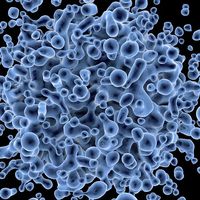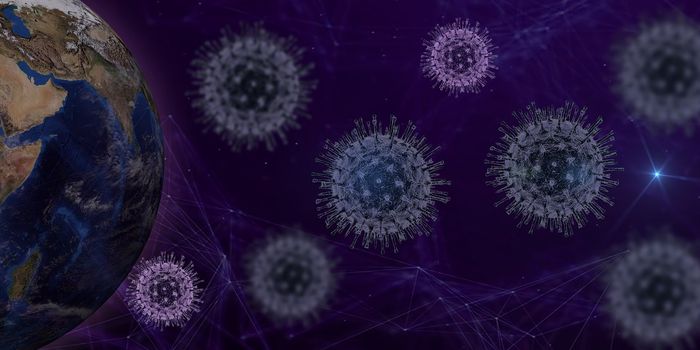New Bacterial Structure Helps Overcome Antibiotic Resistance
May people worry that infectious pathogens will become resistant to current first-line therapies like antibiotics. Bacteria and other infectious diseases evolve and change to meet the needs of their environment and overcome treatments like these. Cancer is a well-known case in which the tumor cells evolve and become resistant to immunotherapy and other targeted treatments. Cancer is a prime example, because it rapidly divides and the mechanism by which it progresses allows tumor cells to avoid or overcome therapies. However, bacterial diseases are also common infections that can rapidly evolve. The World Health Organization (WHO) has even warned against a time in which antibiotics will not work. If this were the case, minor illnesses such as the common cold, could become fatal. The worry of antibiotic resistance is partly the reason we get yearly vaccinations. The Center for Disease Control (CDC) best predicts which viral infections will persist in the following year. A multitude of data is included in this prediction including the following:
- Which flu viruses are infecting people sick in the prior year
- To what extent are those viruses spreading
- How well the previous flu vaccine protected against the flu virus
- How well the vaccine can provide protection against a broad range of flu viruses with similar characteristics
After determining the most persistent flu viruses, a vaccine is generated which we receive each year at our annual doctor’s appointment. Although it seems like we can predict which virus will affect the most people, it is still just a prediction. Antibiotic resistance is remains a concern because many scientists and organization like WHO believe simple infections and pathogens will overcome the developed treatment.
Many scientists are working to find a solution to antibiotic resistance including Dr. Martin Caffery at the Trinity School of Medicine and School of Biochemistry and Immunology in Dublin, Ireland. In Science Advances, Caffery and colleagues recently reported key structural insights into a bacterial enzyme which can help chemists develop drugs to inhibit disease causing bacteria. Researchers used high resolution imaging techniques to generate a molecular blueprint of this bacterial enzyme or protein known as Lnt. It is believed that by targeting this enzyme, we can inhibit the possibility of drug resistance. Lnt is a bacterial enzyme, not found in humans, which help the organism build cell membranes. Cell membranes allow the transport of molecules and proteins in and out of a cell.
The discovery of Lnt has critical implications for drug delivery toward bacterial diseases. Lnt can act as a therapeutic target in which a drug will break down the enzyme subsequently weakening the cell membrane for the immune system to kill the invader. More importantly, since Lnt is the target of interest, drugs will not target any human proteins or enzymes which reduces patient side-effects. Like any drug, however, there are off-target effects, but the design of possible drugs against Lnt, should minimize those effects. Overall Caffery and colleagues have identified a possible target to overcome antibiotic resistance by neutralizing an enzyme necessary for bacterial development. This discovery is revolutionary and has the potential to change the field in which drugs are developed and administered.
Reported, Data, CDC , WHO, Martin Caffery, Science Advances, Trinity School








